Taj Mahal
The Taj Mahal, located in Agra, India, is one of the most iconic monuments in the world. Built by Mughal Emperor Shah Jahan in memory of his beloved wife Mumtaz Mahal, this white marble mausoleum is a symbol of eternal love. Completed in 1653, it showcases a blend of Persian, Islamic, and Indian architectural styles. The Taj Mahal is renowned for its intricate marble inlay work, symmetrical design, and the grand dome that rises majestically over the Yamuna River. It is a UNESCO World Heritage site and attracts millions of visitors from around the globe.

Qutub Minar
Qutub Minar, located in Delhi, India, is the tallest brick minaret in the world, standing at a height of 73 meters. It was built in 1193 by Qutb-ud-din Aibak, the founder of the Delhi Sultanate, to mark the beginning of Muslim rule in India. The tower, made of red sandstone and marble, features intricate carvings and verses from the Quran. It is a prime example of early Indo-Islamic architecture and reflects the influence of Persian and local styles. The Qutub Minar complex, a UNESCO World Heritage site, also includes other historical structures like the Iron Pillar and the Quwwat-ul-Islam Mosque.
Red Fort
The Red Fort, located in the heart of Delhi, is a majestic symbol of India's rich history and architectural grandeur. Built by the Mughal Emperor Shah Jahan in 1648, the fort served as the main residence of the Mughal emperors for nearly 200 years. Its massive red sandstone walls stretch over 2 kilometers and enclose a complex of beautiful palaces, gardens, and courtyards. The fort blends Persian, Timurid, and Indian architectural styles, making it a masterpiece of Mughal architecture. Today, the Red Fort is a UNESCO World Heritage site and a symbol of India's independence, where the Prime Minister hoists the national flag every year on Independence Day.
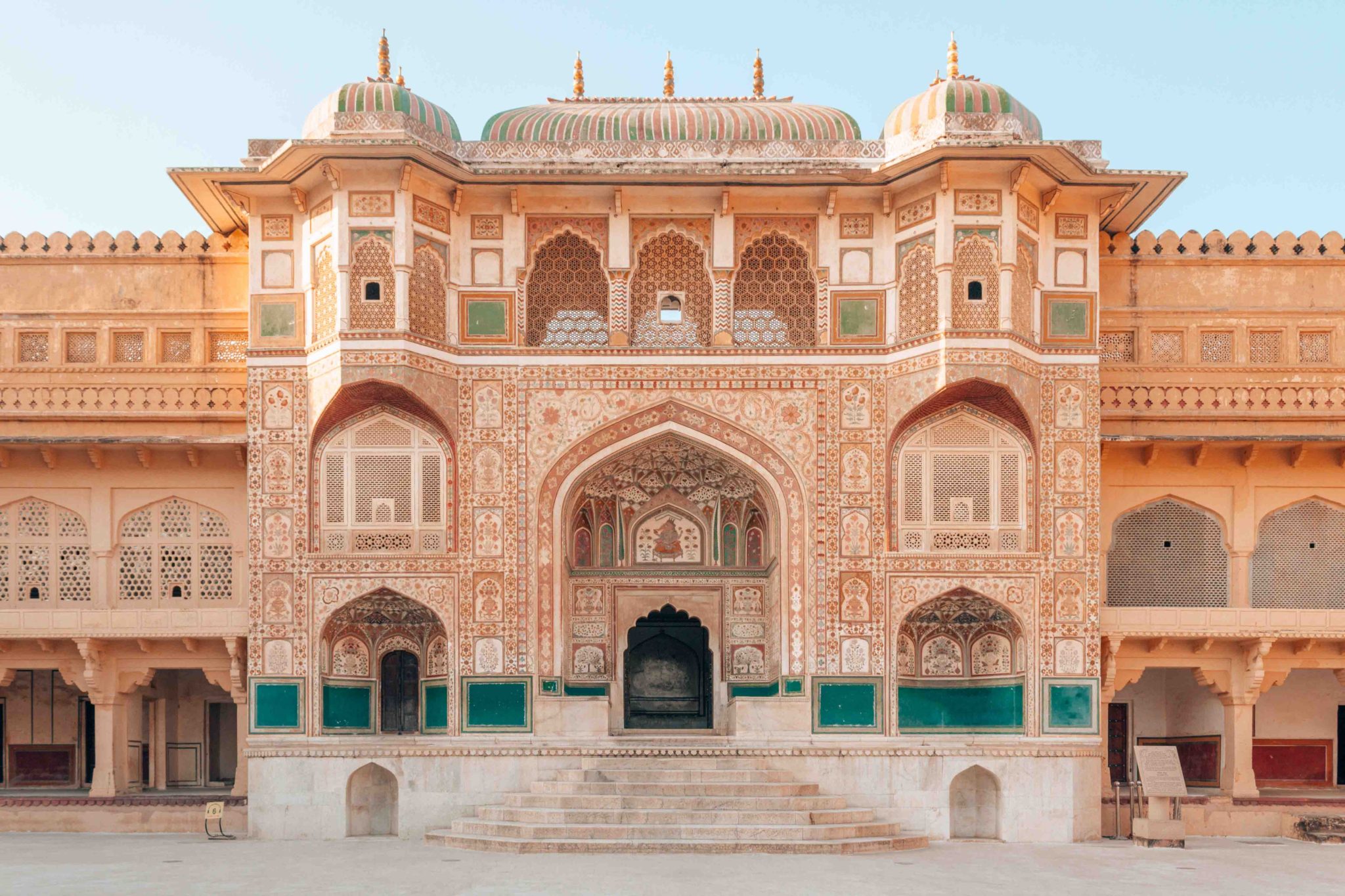
Ameer Fort
Amer Fort (or Amber Fort), located in Jaipur, Rajasthan, is a magnificent example of Rajput architecture and a UNESCO World Heritage site. Built in 1592 by Raja Man Singh I, the fort is perched on a hill overlooking Maota Lake and showcases a stunning blend of Hindu and Mughal styles. The fort is known for its intricate carvings, expansive courtyards, and lavish palaces, such as the Sheesh Mahal (Mirror Palace) and Diwan-i-Aam (Hall of Public Audience). Amer Fort's majestic gates, ornate ceilings, and beautiful frescoes make it one of the most visited historical monuments in India.
Hawa Mahal
Hawa Mahal, or the "Palace of Winds," is an iconic landmark located in Jaipur, Rajasthan. Built in 1799 by Maharaja Sawai Pratap Singh, this five-story structure is made of red and pink sandstone, featuring 953 small windows, or "jharokhas." The intricate latticework of these windows allowed royal women to observe street festivals without being seen, adhering to the practice of purdah. The design of Hawa Mahal is influenced by both Rajput and Mughal architecture, with its pyramid-like structure resembling a honeycomb. The palace remains one of Jaipur's most famous attractions, symbolizing the city's regal heritage.

Ajanta and Ellora caves
Ajanta and Ellora Caves, located in Maharashtra, India, are renowned rock-cut cave complexes. Ajanta Caves: Dating back to the 2nd century BCE to the 6th century CE, these 30 Buddhist caves feature exquisite murals and sculptures depicting the life of Buddha and Jataka tales. Ellora Caves: With 34 caves carved between the 6th and 10th centuries, Ellora represents a fusion of Buddhism, Hinduism, and Jainism. The Kailasa Temple, a monolithic marvel, is the most famous structure here. Both sites are UNESCO World Heritage sites, showcasing India's rich spiritual and artistic heritage.
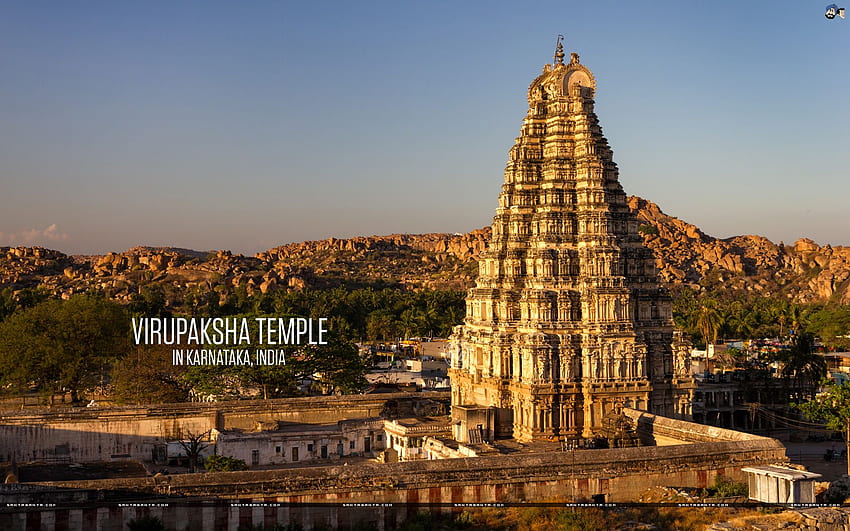
Virupaksha temple
Virupaksha Temple, located in Hampi, Karnataka, is one of the oldest functioning temples in India. Dedicated to Lord Shiva, it dates back to the 7th century and was a prominent religious center during the Vijayanagara Empire. The temple is renowned for its towering gopuram (entrance tower), intricate carvings, and impressive pillared halls. It is part of the UNESCO World Heritage site of Hampi, known for its architectural grandeur and historical significance. The temple continues to be a major pilgrimage site and a testament to the artistic and spiritual legacy of ancient India.
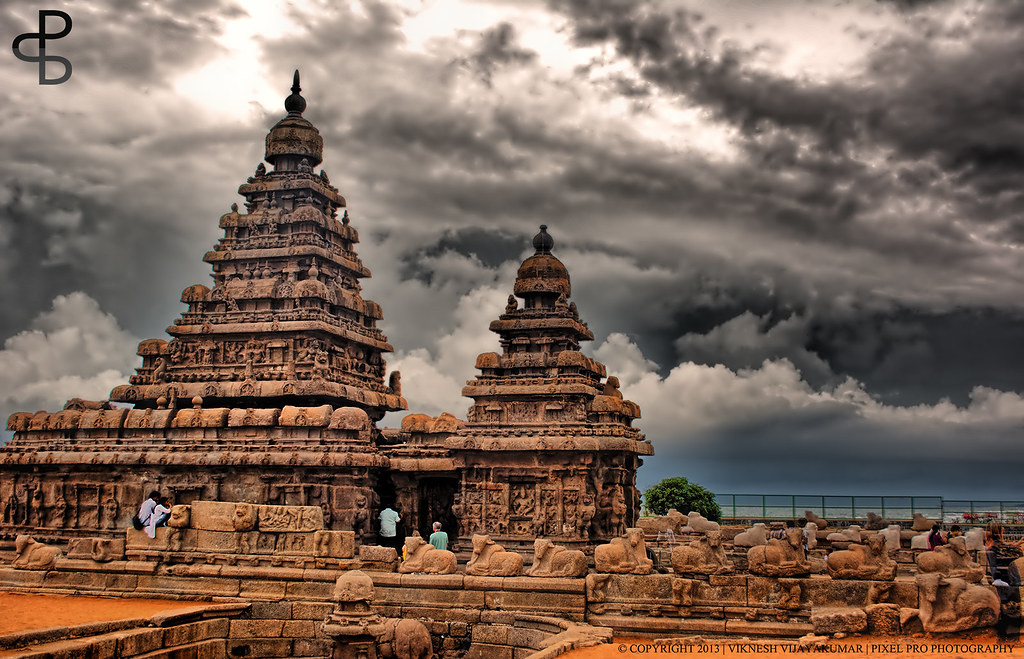
Mahabalipuram
Mahabalipuram, also known as Mamallapuram, is a historic coastal town in Tamil Nadu, famous for its ancient rock-cut temples and monuments. Built during the 7th and 8th centuries by the Pallava dynasty, it is a UNESCO World Heritage site. The town is renowned for its impressive stone carvings, including the Shore Temple, Pancha Rathas (Five Chariots), and the Descent of the Ganges (also known as Arjuna's Penance), a massive rock relief. Mahabalipuram showcases the brilliance of Dravidian architecture and stands as a testament to India’s rich artistic and cultural heritage.
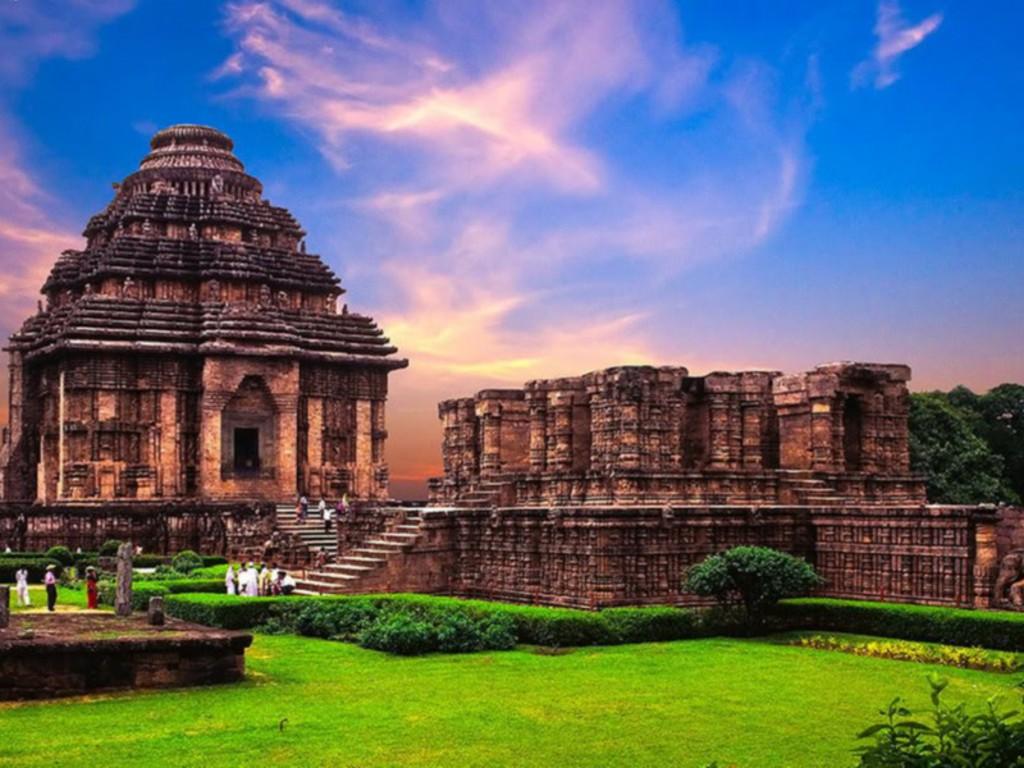
Konark Sun Temple
The Konark Sun Temple, located in Konark, Odisha, is a remarkable 13th-century Hindu temple dedicated to the Sun God, Surya. Built by King Narasimhadeva I of the Eastern Ganga dynasty, the temple is renowned for its colossal chariot-like structure, adorned with intricately carved wheels, horses, and sculptures. Designed to represent the Sun God’s celestial chariot, the temple's architecture is celebrated for its detailed craftsmanship and astronomical alignment. It is a UNESCO World Heritage site and an outstanding example of Kalinga architecture, reflecting the grandeur of ancient Indian temple design and artistic excellence.
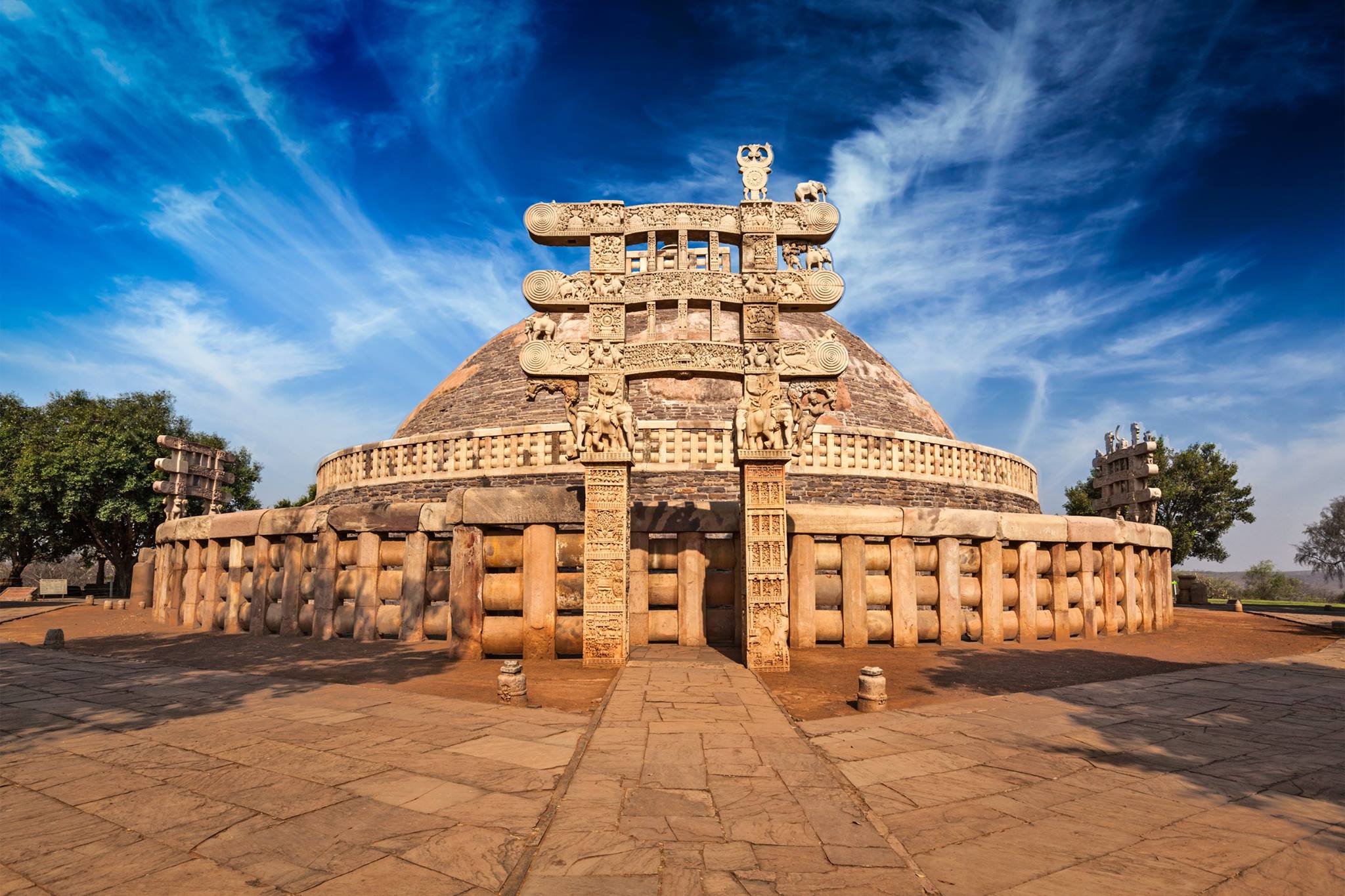
Sanchi Stupa
The Sanchi Stupa, located in Sanchi, Madhya Pradesh, is one of the oldest stone structures in India, built during the 3rd century BCE. Commissioned by Emperor Ashoka, the stupa is a significant Buddhist monument and a UNESCO World Heritage site. It is renowned for its hemispherical dome, which houses relics of the Buddha, and its intricately carved gateways (toranas) that depict various scenes from Buddhist lore and Jataka tales. The stupa serves as an important pilgrimage site and a key example of early Indian Buddhist architecture and art.